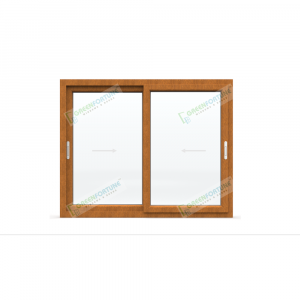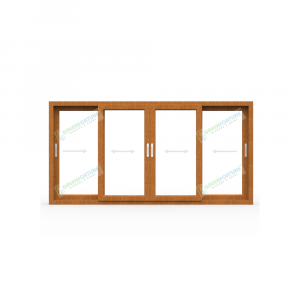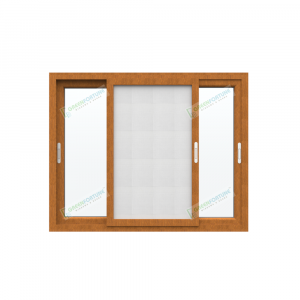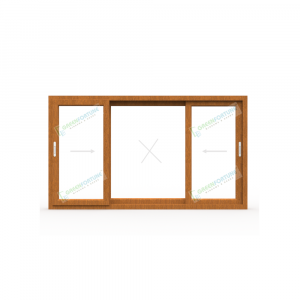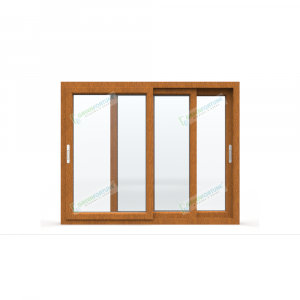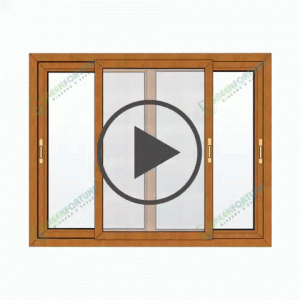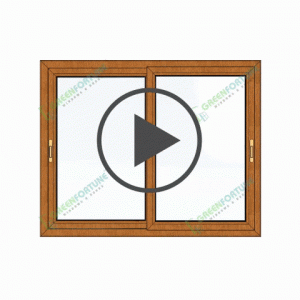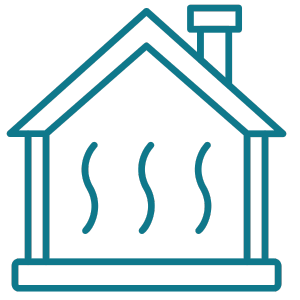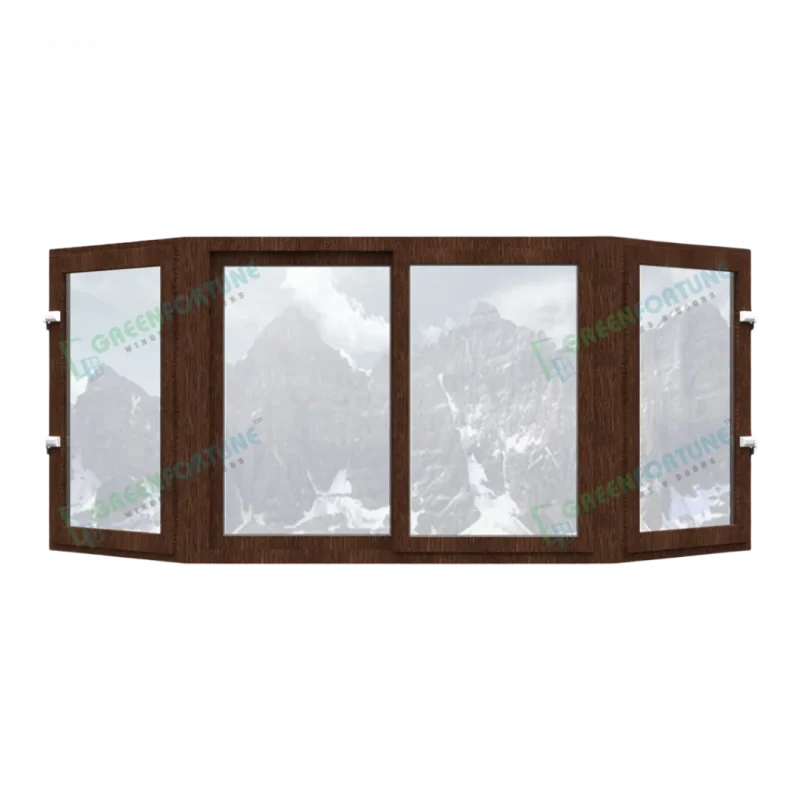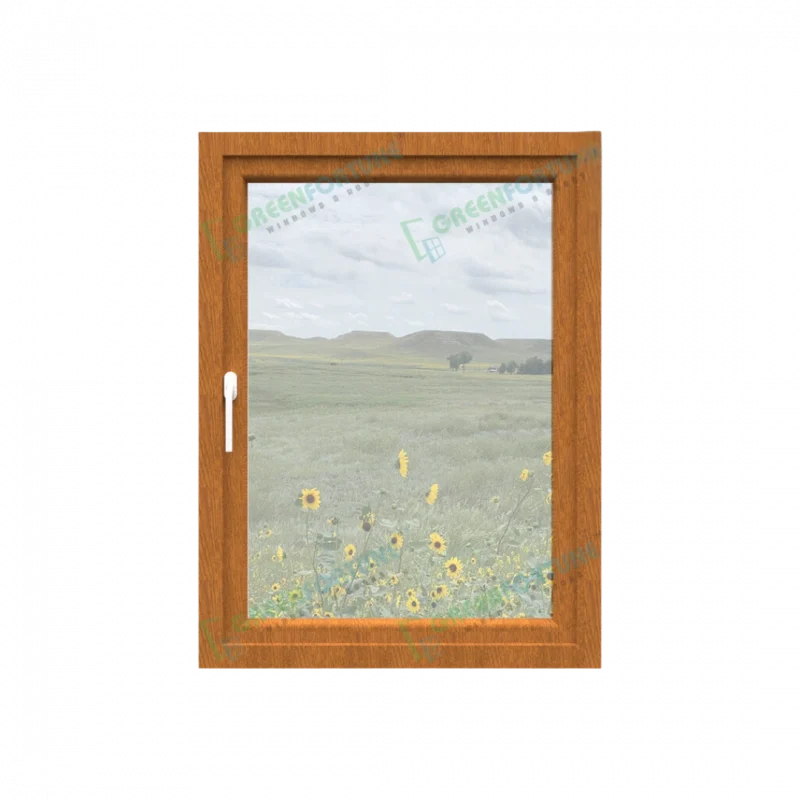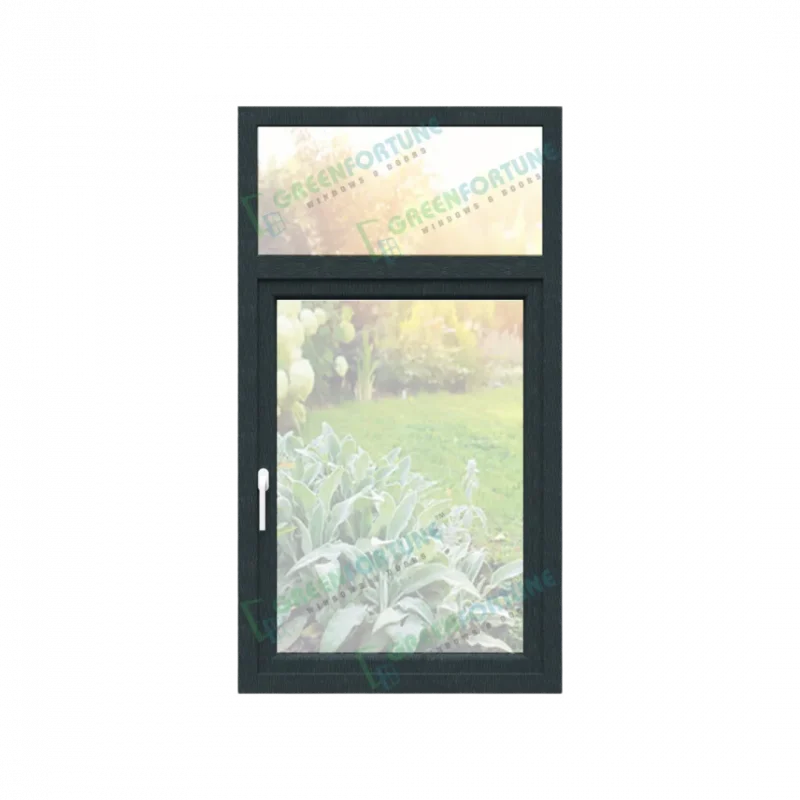uPVC sliding window features
While choosing uPVC sliding windows, consider horizontal slides for more usability, space-saving for maximum efficiency, and effective ventilation to add on to a healthy environment. Upgraded safety and security, toughened and laminated glass options provide better sound insulation to further silence indoor noise, and energy efficiency is assured through specialized glass options to ensure optimum thermal performance.
With our easy-to-use customization options, you can create the perfect sliding window to suit your style and needs. Choose from a variety of colours, mesh and grill options, and glazing styles to make your windows work for you.
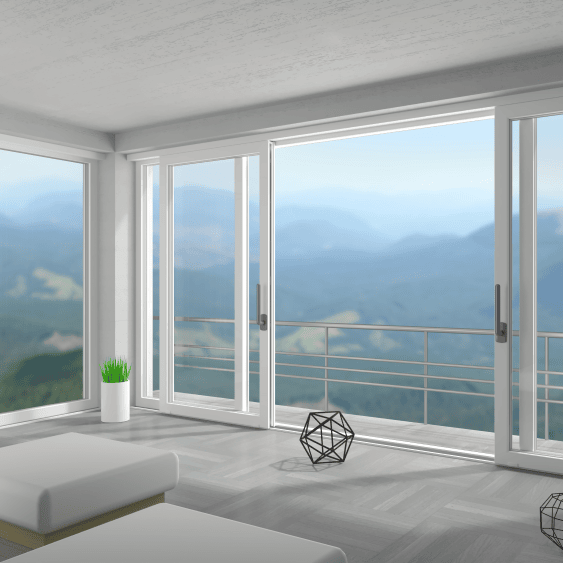
Ideal Location
Sliding windows combine style and functionality, which makes them perfect for a variety of house and building locations:
Patios and Porches:
- These are perfect for easy access to the outdoors without obstructing walkways, providing a seamless transition between indoor and outdoor spaces.
Tight Walkways:
- Sliding windows are great for areas where room space is limited, such as narrow hallways, which make efficient use of space without compromising on functionality.
Modern and Contemporary Houses:
- Sliding windows accentuate clean lines and sleek designs by adding a modern touch and improving the overall aesthetic value of the space. These are ideal for homes that embrace a minimalist design.
Benefits
FAQs about uPVC Sliding Window
Q1. What is a uPVC sliding window and how does it work?
A uPVC sliding window is a modern window type with sashes that slide horizontally on tracks. Popular in Indian homes, it offers smooth operation, saves space, and improves ventilation—perfect for small rooms, kitchens, and balconies.
Q2. Which is better for Indian homes: wooden or uPVC sliding windows?
For most Indian climates, uPVC sliding windows outperform wooden ones in durability, termite resistance, and maintenance ease. Wooden windows provide a premium look but require frequent polishing, while uPVC is long-lasting, rust-proof, and ideal for humid, coastal, or rainy regions.
Q3. What is the price of uPVC sliding windows per sq ft in India?
The cost of uPVC sliding windows in India ranges from ₹500–₹1,200 per sq ft, depending on track type, glass selection, and customization such as mosquito mesh or tinted glass.
Q4. Do uPVC sliding windows provide soundproofing?
Yes. With double-glazed or laminated glass, uPVC sliding windows can reduce outside noise by up to 40–45 dB, making them perfect for homes near highways, railways, or busy city streets.
Q5. Are uPVC sliding windows energy-efficient?
Absolutely. uPVC’s multi-chambered frames and tight sealing reduce heat transfer, keeping interiors cooler in summer and warmer in winter, which lowers electricity bills for air conditioning and heating.
Q6. Which type of window is best for a balcony in India?
Sliding windows are the most practical for balconies because they save space, allow maximum ventilation, and give an unobstructed view. uPVC sliding balcony windows are weather-resistant, secure, and available in various colors and finishes.
Q7. What are the different types of uPVC sliding windows?
The main types are single-slider (one movable sash), double-slider (two movable sashes), and triple-slider (three movable sashes). They differ in ventilation capacity and width coverage, suitable for different room sizes.
Q8. Are uPVC sliding windows eco-friendly?
Yes. uPVC is fully recyclable, lasts over 20 years, and reduces the frequency of replacements. Many manufacturers in India also use lead-free, RoHS-compliant uPVC for eco-safe construction.
Q9. How secure are uPVC sliding windows?
uPVC sliding windows are designed with multi-point locking, reinforced frames, and impact-resistant glass options, making them safer against break-ins compared to aluminium or wooden sliding windows.
Q10. Can uPVC sliding windows handle coastal and humid weather?
Yes. uPVC is UV-resistant, corrosion-proof, and salt-resistant, making it perfect for coastal cities like Mumbai, Chennai, and Goa where aluminium and wood may deteriorate quickly.
Q11. How to clean and maintain uPVC sliding window tracks?
Simply vacuum or brush away dust, wipe with a damp cloth, and lubricate the sliding mechanism every few months. uPVC does not require painting or polishing, making it one of the lowest-maintenance window options in India.







